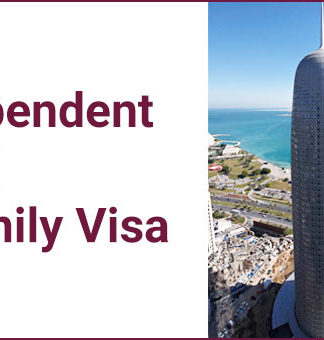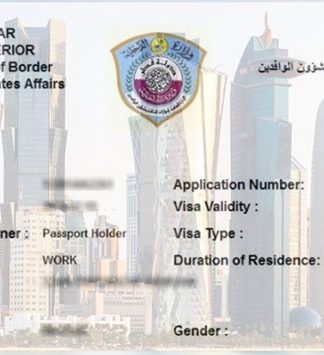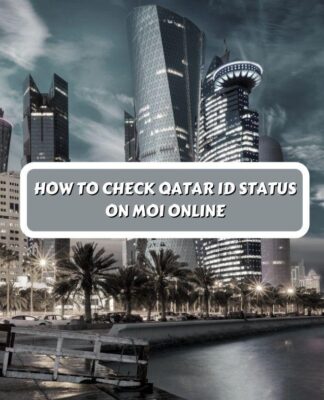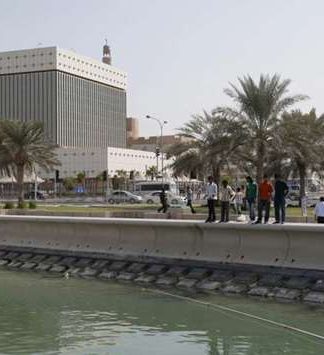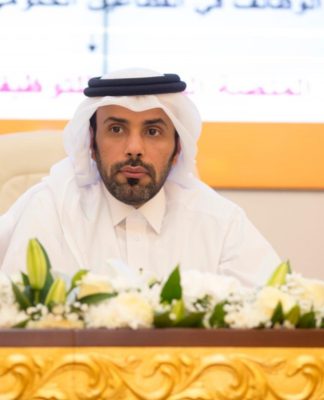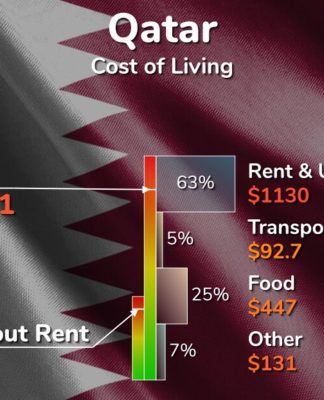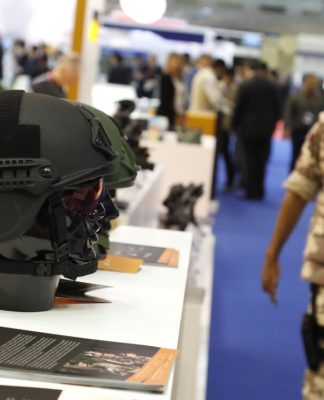/ Europe
UKRAINE, ONE YEAR ON
‘World’s first TikTok war’: Ukraine’s social media campaign ‘a question of survival’
Issued on: 24/02/2023 – 12:58
A screengrab from a video made available via Ukrainian President Volodymyr Zelensky’s Facebook account shows the president speaking into a hand-held camera on February 26, 2022.
A screengrab from a video made available via Ukrainian President Volodymyr Zelensky’s Facebook account shows the president speaking into a hand-held camera on February 26, 2022. © Facebook account of Volodymyr Zelensky via AFP/ France Médias Monde graphic studio
Text by:
Joanna YORK
7 min
The invasion of Ukraine is not the first war to be documented on social media, but it is uniquely positioned to be the most viral. One year after the Russian invasion began, keeping the conflict in global consciousness is crucial for Ukraine to ensure financial support. The war for our attention is being fought with memes, viral tweets, and video clips.
Within a day of the Russian invasion on February 24, 2022, the war in Ukraine had already produced one of its most-viral online moments. Ukrainian President Volodymyr Zelensky – widely believed to be a target for imminent Russian assassination attempts – posted a selfie-style video filmed on the nighttime streets of Kyiv, proving that he had not fled the city.
The president, and former actor, was not the only Ukrainian figure to become the stuff of social-media legend in the opening days of war.
A recording of a Black Sea soldier refusing to evacuate with the rallying cry “Russian warship, go fuck yourself” went viral. So did a video of a Ukrainian woman confronting an armed Russian soldier with sunflower seeds which, she said, could grow from his body after it perished on Ukrainian soil. Posts multiplied claiming sightings of the ghost of Kyiv – a mythical Ukrainian fighter pilot credited with shooting down Russian planes over the capital.
From videos of Ukrainian soldiers dancing on the front lines to everyday citizens giving deadpan tours of bomb shelters, “the world’s first TikTok war” has produced a constant stream of up-to-date coverage, direct from the front lines.
“A lot of what we see is happening through the eyes and the cameras of people who are in Ukraine currently narrating the things that they’re seeing. [It’s] almost unmediated access to wartime events in real time,” says Dr Olga Boichak, lecturer in digital cultures at the University of Sydney.
‘Infotainment’
One of the most prolific posters is Zelensky himself, whose official accounts post a constant stream of updates on multiple platforms. His unique, media-friendly style has amassed tens of millions of followers – a stark contrast to Russian President Vladimir Putin, who has not posted on Instagram or Twitter since early 2022, and has fewer than two million followers on both platforms combined.
“President Zelensky has built a personal brand of being this ‘person of the people’ who subverts some of these long-standing traditions of what a president should look like how a president should speak,” Boichak adds. “He’s always very direct, very informal, he films these selfie-style videos, and we now see that attempt to communicate with people a different way across many Ukrainian institutions.”
Government departments such as the Ukrainian Ministry of Defence routinely post informal – but slickly-produced – content online.
In July 2022, the Ukrainian government launched United24 Media (a separate entity from Ukraine’s United24 fundraising operation) as an official mouthpiece on social media platforms including Twitter, Instagram, TikTok and YouTube to promote Ukrainian culture and debunk Russian propaganda.
Before he became head of the organisation, Valentyn Paniuta was a marketing executive in Kyiv and knew the importance of engaging his audience, despite the central topic being war. “We use humour, we can use memes. We use a lot of user-generated content with music and jokes. We understand that people want to be entertained,” he says.
The resulting content – which Paniuta describes as “infotainment” – consists of bite-size snapshots of war that push emotional buttons and rack up millions of views.
One of the groups’ most popular videos on YouTube is a clip of Ukrainian soldiers firing a Howitzer cannon, which they then have 90 seconds to disassemble before being potentially detected by Russian radars and fired upon themselves. Life-and-death stakes are set to a stopwatch and dance music.
‘Information warriors’
Few would have predicted Ukraine would stage such a robust defence to Russian narratives. Prior to 2022 it was suggested that one of Russia’s most potent threats was its armies of social media trolls primed to wage information warfare on Western democracies. Putin also has access to state media outlets that broadcast globally in multiple languages.
When Russian tanks crossed the border in February last year, “Ukraine faced a situation where there was powerful Russian propaganda in different countries, but we didn’t have any international media”, says Paniuta. “We had to create it immediately, and our only weapon was viral content on social media.”
United24 Media was quickly assembled from a group of around 40 freelancers working in tech and advertising. The majority of its content has always been written in English for a global audience.
“It’s a question of our survival,” Paniuta says. “Our support comes from Europe, Britain and the United States. We want to appeal to ordinary people, to entertain them and to make them feel some kind of empathy for the Ukrainian people.”
The timing of their message also has unique potential to reach a global target. The 1991 Iraq war introduced televised conflict to a mass audience, and the war in Syria is often described as the first “social media war”. Yet when it began in 2011, Twitter and Instagram had a fraction of the users that they have today, and TikTok did not exist. Just over a decade later, global internet use is at an all-time high and estimates suggest 4.5 billion people – over half of the global population – use social media.
In Ukraine specifically, the mobile technology market has also seen exponential growth. When Russia annexed Crimea in 2014, just 4% of the Ukrainian population has access to 3G. By 2022, this had risen to 89% with three quarters of Ukrainians being active internet users.
This makes Ukraine one of the most well-connected conflict zones of all time. Along with efforts from official government accounts, millions of Ukrainians are also sharing their daily experiences, appeals for help and calls to action directly with a global audience.
“It is the ultimate realisation of ‘participative war’ where digital apps and platforms blur the distinctions between soldier, civilian and information warrior,” says Andrew Hoskins, professor of Global Security at the University of Glasgow, founder of the Journal of Digital War and co-author of “Radical War: Data, Attention & Control in the 21st Century”.
“Everyone is [a] participant in [the] war in their feeds.”
>> Ukraine conflict presents a minefield for Anonymous and hacktivists
‘The war feed’
For Hoskins, the dark reality of war and the levity of social media make for an uneasy marriage. Use of the Telegram messaging app increased by 66% in the months after the invasion of Ukraine. Unlike Facebook or Instagram, the app does not have an aggregated feed, but one-way messaging channels allow individuals to broadcast encrypted messages to a wide audience, making them an essential source of safety updates and information for civilians.
Yet some channels are also home to a proliferation of unfiltered war imagery which can be easily captured and shared. “It seems to me that almost every image or video on some channels is a breach of the Geneva Convention on the treatment of civilians, POWs and soldiers,” Hoskins says.
“The ‘war feed’ is not only a stream of violent and horrific images from a war that fills digital feeds, [it’s also] the fact that these are celebrated – liked, emojied, applauded, copied and shared.”
Daily newsletter
Receive essential international news every morning
Subscribe
It may be the nature of social media to encourage this kind of fleeting interaction, even if the subject matter is macabre. It is also a communal way to discuss the war.
“In many communities, humour and creativity is [a] way to cope with trauma and to channel emotions,” says Boichak. “We definitely see that unfolding on Ukrainian Twitter. Since the beginning of the full-scale invasion, it really has become this space of intense cultural production.”
Yet only the most engaging content – the funniest, the most heart-rending, the most shocking – can hope to reach a wider audience. In the first week of the war, tens of millions of tweets were sent containing the word Ukraine. But the novelty was quick to wear off; the number of Tweets peaked on the first day of the invasion, and had halved seven days later.
After months of conflict, “people get used to the war, and they get bored,” says Paniuta. He is originally from Kharkiv, a city which was largely destroyed by Russian attacks in the first few weeks of the war.
“When I see my city in ruins, of course, it’s really hard to joke and to create memes about Putin,” he says. But memes, tweets, and video clips are the best weapons he has at his disposal. “We’re doing our best to win this war because we don’t have any other option. Without support [from the West], I don’t know even if my house where I’m sitting right now would still exist.”
















